Grieving An Empty NestToday I am honored to feature an interview with Edie Melson, a prolific author and speaker whose wealth of knowledge offers timely tips for writers. I look up to her for many reasons. Edie is a talented writer and photographer with a great sense of humor. But, most importantly, she is transparent—unafraid to admit mistakes so others can benefit. She also knows the source of wisdom: God and His Word. Many parents of young adults have mixed thoughts as their fledglings leave the nest. For some, it's been an easy transition, but for others, like Edie, it was a challenge. Thankfully, she has found a way to make peace with her nesting status and move forward, seeing the good in allowing her offspring to soar. Soul Care When the Nest is Empty is the fourth in her Soul Care Series. More can be found here at her website here: https://ediemelson.com/books/ Let's find out more about Edie Melson's latest publication, and the circumstances surrounding its writing. Edie, I know you’ve experienced the empty nest season. Please tell us a little about it . . . We have three sons and our oldest decided to push me into the empty nest season the hard way. He went straight from high school graduation to Marine Corps boot camp, to two tours in Iraq as a frontline infantry marine and bomb dog handler. There was no grace period of sending him to college with weekend visits. Because I survived that, I thought the other two empty nest seasons would be a walk in the park. After all, how bad could it be after that. (Trust me, that’s never a question you want to ask.) Our middle son was so independent when he went to college, he refused monetary help and ended up living in his truck—in a fast-food parking lot for Wi-Fi access. Our youngest decided to become an adventure guide and spent many months climbing mountains around the world (including Nepal, Peru, and China). But I did survive all three—and made all the mistakes along the way. God is faithful. When He removes something, He fills the spot with something else. I’ve seen again how all of God’s gifts work together to bring us closer to Him. -Edie Melson: Soul Care When the Nest is Empty Parenting is a ChallengeYou brought it up. What were some of the mistakes you made and how can we avoid them? I think the biggest mistake was being too hard on myself. I thought if I was a better mom, better Christian, stronger person, I’d not be such an emotional wreck. Judging yourself like that is never a healthy thing. Emotions aren’t good or bad, they just are. It’s how we deal with them that can be a problem. At first, I tried denial. Then I moved on to anger at myself. Finally, I retreated. None of these is healthy. I also judged my process by looking at other people. None of us is given the same path to walk in this life. And the majority ofwhat each of us experiences in under the water—like an iceberg. We just can’t know how things are for others just by looking from the outside. Empty Nest Struggles & SolutionsSo what should we do when we struggle with this season? Take everything to God. I know that’s a pat answer, but it’s true. So often we think God is judging us and that we somehow musthave it together—at least a little bit—before we approach Him. I also made the mistake of thinking that because God knows everything—the beginning from the end—that He’d think my struggles were useless and meaningless. But the truth is—God does care. When I was wrestling with this, God reminded me of the tears Jesus shed while He was here on earth. And God reminded me that He experienced the ultimate empty nest when God sent His only Son out of Heaven and down to earth as a sacrifice for us. I quit avoiding God after that morning prayer time. Parents face their own sunsets. But we need to hold tight to the truth that sunset is just a precursor to a beautiful sunrise—the next step in parenting and that step will bring beauty in ways we have yet to experience. —Edie Melson: Soul Care When the Nest is Empty Releasing Fear with PrayerWhat other things have you found helpful to work through all the emotions of this empty nest season? Can you share some from your book? I think one of the biggest things is to give ourselves time to grieve the changes. Yes, it’s an exciting time for our kids, but it’s also challenging. And this time is an ending as well as a beginning. It’s hard to move forward without processing that end. In the book, I break down some of the big things into chapters. Things like Fear, Sadness, Joy, Changes, and New Possibilities. Each of these chapters has five devotions, five prayers, and five creative exercises. In chapter one, Releasing Fear, I talk about how I learned to trust the roots God had used me to help nurture in our kids. We can trust those roots to keep our kids anchored when they’re out in the world. To go along with that thought, I shared my Five-Fingered Prayer. I ask those reading the book to draw an outline of a hand, and label each finger with a specific type of prayer prompt: Pointer Finger: Priority Middle Finger: Discovery Ring Finger: Remembrance Little Finger: Peace Thumb: Foundation When you begin to pray, make a fist from your own hand. Beginning with your thumb, release each digit and say a prayer using that specific prompt. When you’re done with each finger, you’re left with an open hand, symbolizing you’re releasing your child into God’s care. We Can Trust God!Any last words you want to share with us? Give yourself grace. Each of us deal with this season differently. Beyond that, we deal with the empty nest of each child differently. Stay anchored to God. We can trust that He will bless us and our kids with exceeding abundance, often in ways and at times when we least expect it. I encourage us all to stop waiting to be ambushed by blessings and instead adopt an expectant attitude—looking for all God has for us. Thanks so much, Edie, for your wise words that encourage us to “stay anchored.” Below is the cover copy of this hopeful and insightful book: Back Cover Copy: The Empty Nest experience varies widely from person to person and even child to child. Some parents cry and others celebrate. You may face crazy emotions—good and bad, happy and sad, and everything in between. None of these emotions are wrong. Edie Melson shows you how to turn to God for help. He may not provide the answer to why, but he always walks through the valleys with you, and he orchestrates everything our kids need. Reconnect with God using your tactile creativity. Discover your Soul Care solutions using devotions and prayers and opportunities for creative expression. Warning! This book may become dog-eared and stained. Draw in it. Experiment with your creative passions. Learn the healing power of play. Allow God’s power to flow through creativity. Soul Care When the Nest is Empty will become your heart treasure. Edie Melson has walked through the empty nest season several times and in several ways—from sending a son off to war at 18, to sending another off on a round-the-world mountain climbing trek. With each situation she’s been quick to share how God is faithful in all ways and at all times. Edie uses the truths God has taught her as a mother, wife, photographer, and author to encourage others. She’s learned to embrace the ultimate contradiction of being an organized creative. As an author, blogger, and speaker she’s empoweredand challenged audiences across the country and around the world. Her numerous books reflect her passion to help others call on God’s strength during challenging times, often using creativity to empower this connection. She also knows the necessity of Soul Care and leads retreats, conferences, and workshops around the world on ways to use creativity to help strengthen our connection with God. She and husband Kirk have been married 42+ years with three grown sons and three grandchildren. They live in the foothills of the Blue Ridge Mountains and can often be found with their big black dog hiking the mountains. Connect with her at ediemelson.com and through social media. Does your home seem void of joy because you are facing an empty nest? Have your young adults left the nest sooner than expected? What part is the most difficult for you? Let me know in the comments below!
2 Comments
Q&A with Miriam Feinberg Vamosh and Eva Marie IversonHere it is! The interview with the authors of Ahōti, and their journey of discovery. Listen in as they tell us how it all came about. . .it's a story many women can relate to. How did the two of you meet? Miriam: The first time I saw Eva Marie at Ben-Gurion Airport in June 2002. Eva Marie had arrived with a small group of women journalists who had been hand-picked to tour Israel with me with an itinerary based on my book, Women at the Time of the Bible, which I had written a few years before. Then, the Ministry of Tourism came up with the idea of aspecialized tour of sites in the Holy Land where you could find the women of the Bible and focus on their story. It was such a privilege to put together what I had learned in writing Women at the Time of the Bible with an itinerary where I could actually show all the places where the female characters in the Bible were the “stars of the show.” And what a time we had. . . Eva Marie: Like Miriam said, what at time that was! Of course, our “famous” story is that when a few of us went down (literally, one had to crawl down and then back up) to the newly discovered ancient palace of King Jabin (Joshua 11), I experienced a little “fall.” From that moment on, everything looked different to me . . . I experienced Israel from so many different levels. At one point I said to Miriam, “We should write a book together!” We began to talk about what that would look like and, as God would have it, that book released in 2008 (Reflections of God’s Holy Land: A Personal Journey Through Israel, Thomas Nelson). One of my favorite moments in Israel in ’02 was when we were in Beersheva. Miriam told us the story of Rebekah coming to be the bride of Isaac (Genesis 24). The English version of verse 64 that reads: Rebekah also looked up and saw Isaac. She got down from her camel. BUT! Miriam explained . . . in the Hebrew text Rebekah doesn’t GET off her camel . . . she FALLS off her camel. I replied to the group, “When was the last time your bridegroom made you fall off your camel? Ha--what a fun detail! How Did Ahōti's Story Begin?My readers would like to know—what is the background of the "Ahōti" project? Tell us more about the ancient document that led to the writing of the book: Miriam: My scientific adviser on the book I wrote about the daily life of children in the Bible was Prof. Meir Bar-Ilan, an expert on the subject. At the launch dinner for that book, I was to discover that he was an expert in another area – an ancient document called the Book of Gad the Seer. It’s actually mentioned in the Bible (1 Chron. 29:29) but was believed to have been lost, like the other books mentioned in that same verse. But as it turned out, it wasn’t lost. A copy of this book had been preserved by the ancient Jewish community of Cochin, India, whose elders said it had been brought to them by the Jews of Yemen, who had come to Yemen when they were exiled from their homeland by the Babylonians after the destruction of the First Temple. There it remained, unrecognized, until Western scholars first laid eyes on it in the 18th century. Eventually, when the Scottish theologian Claudius Buchanan, became head of the Anglican Church in India he traveled to Cochin, captivated by the idea that the Jewish community there might be descended from the original Twelve Tribes. He was shown the document, which he recognized for the treasure that it was, and took it with him to England in 1809. It’s there to this day, at Cambridge University. And that’s where Prof. Bar-Ilan began his research, in the 1980s, which culminated in the publication of his definitive book on the subject The Words of Gad the Seer in 2015, introducing to a wider audience the commentaries of the author on various Bible stories about the reign of David. It was at that launch dinner that Prof. Bar-Ilan leaned over and whispered to me: “I have a story that needs telling, and I think you’re the one to tell it.” It was the story of Tamar, David’s daughter, who was raped by her half-brother Amnon (2 Sam. 13) and later remained “a desolate woman in her brother Absalom’s house.” But “Gad the Seer” takes the story much further. And so, based on the words of this ancient author, I believe Eva Marie and I are the first to turn one of its ancient tales into a contemporary novel with a resonant message for men and women today. Fascinating! Ahōti's Journey Has Contemporary SignificanceSo, as you researched the story, what stood out the most to you about Tamar? Miriam: My research led me to contemporary scholars who saw Tamar not only as a victim of sexual violence, as if that were not enough, but the pawn in a grand palace intrigue, the likes of which we can only imagine from hints in Scripture but make perfect sense once these scholars tied it all together. So I’d say what struck me most about Tamar was the enormity of what she had to overcome. In addition to the sexual violence,she endured at the hands of her half-brother, her father’s inaction and her brother Absalom’s grand plot, which led to her having to flee the palace and everything she knew and loved. But overcome she did, and her story, as Eva Marie and I imagined, can be our story – the story of every woman who faced insurmountable odds on the way to vindication. Eva Marie: The moment that struck me the hardest was when we got to the part of Absalom’s death at the hands of their uncle, Joab. The Scriptures tell us that he had raped his father’s concubines (2 Samuel 16) and that David, upon returning to the palace (after running from his own son), had declared that he would take care of them for life. I said to Miriam (and we included this in the book), “How is it that King David took care of his concubines, but not his daughter?” Hmmm. Good question! An Author's CreativityPlease—tell us more about the Wise Woman of Abel and how you worked her into the story. Miriam: Eva Marie and I put Tamar on an actual journey through the Holy Land, from Jerusalem, through the hill country of Samaria, past the Sea of Galilee, to a city that bore the same name as her mother, Maacah, David’s wife, whom David had, as we imagined it, exiled from the palace when Tamar was almost too young to remember her. This city is called “Abel Beit [Beth] Maacah” in the Bible (2 Sam. 20). There, a “wise woman” lived who plays a major role in the story of the rebellion of one Sheba son of Bichri against David. According to the story, Sheba hid in Abel and David’s general Joab was sent to capture him. My idea was that the “wise woman of Abel” was none other than Tamar herself, who had reached the city and begun a new life there in disguise, until it would be safe to continue her journey – to her mother’s home in Geshur. And why not? We don’t know her identity, and as Eva Marie pointed out, Scripture shows that she recognized Joab right away. What we did with that part of the story I think might be one of the most dramatic parts. Yes, I agree! Takeaways from Ahōti's Story I'd like to know—was there a moment in the story that took your breath away as you were writing? Miriam: And that excellent question allows me to continue the previous answer. How we pictured Tamar, as the “wise woman of Abel” diffusing the situation with planning, wisdom, and yes, a good dose of shrewdness – all characteristics that the heroines of the Bible used to save themselves and often the lives of others. Eva Marie: The end. But I won’t give it away! What do you hope is the takeaway from Ahōti? Miriam: After reading Ahōti (ahotibook.com), I hope readers realize that Tamar’s story of despair, though it happened thousands of years ago and thousands of miles away for most, is still the story of so many women today who are victims of sexual violence. To this day, despite all the advances society has made, we still have to find within ourselves every bit of fortitude and determination we can to survive and thrive. Her story is our story. Eva Marie: While rape and abuse and even betrayal is a part of too many women’s stories, it is only a small portion. We are women. We are strong (we have to be). So many see us as the “weaker sex,” but anyone who has ever lived as a woman knows that is just not true. We. Are. Strong. When I speak to women about the effects of rape, I reiterate: “You are not a victim. You are a victor. This is a moment in your life. It is not the moments of your life. Grab hold of what God has given and not what life has taken away.” Amen, ladies!! Who Are The Authors Behind the story of Ahōti?So now that we know Tamar’s story, can you tell us more about your families? Miriam: What comes now is the short version, believe it or not: My Feinberg grandfather came from a village near Bialystok on western edge of what was then the Russian Empire, arriving New York in 1901. My grandmother, Dora (nee Garfinkel) came over in 1893 from Novogrudok (Novardok). Today both of these towns are in Belarus. Both sides of my father’s Milton (Mordechai) Feinberg’s family(and see below, my mother’s family as well) emigrated to the United States to save their lives from anti-Semitic pogroms of the late nineteenth century. Think Fiddler on the Roof. My mother’s name was Danessa, a name her mother invented to commemorate her father, Daniel Bachrach, who died before she was born. My grandmother, Rachel Friedlob Bachrach, was born in Przasnysz, Poland, and came to the U.S. in 1886, when she was about 4 years old. My mother was born in Cincinnati, Ohio and my father was born in New York. Together with my older sister and brother, I was brought up in Trenton N. J., where my father was a Jewish community social worker, and my mother was a housewife and social activist. I moved to Israel as a teenager (another story for another time). I have two daughters, Maya and Nili, who together with their lovely husbands, brought our five cherished grandchildren into the world. I must add here a little about the family of my late husband Aaron (who was a wounded warrior of the 1973 Yom Kippur War, and who died on Israel Independence Day 2023). His mother, Tamar – yes, another connection – and his father Moshe, were from Hungary. After surviving the Holocaust, they came to Israel in 1949, made their home in Jerusalem and raised their two wonderful sons here. My eldest granddaughter Tamar, 13, was named for her grandmother and for Tamar of the Bible, both of whom exemplified strength, courage and will to survive. Eva Marie: I was born and reared in a small Southern town (Sylvania, Georgia). Picture Mayberry. I had a wonderful life growing up. Not perfect, but good. One baby brother, mother, father, me. The quintessential family of the 1950s/1960s . . . going on into the 1970s. I was raised in church and my whole life I loved God but in the early/early 1970s I came to Christ during The Jesus Movement. I married my husband Dennis in 1979. With him came two wonderful children, then we brought Jessica into the family. All three are now married and we have 9 grandchildren between us. The Authors' Journeys Continue. . .What's next after Ahoti? Miriam: When I wrote Prof. Bar-Ilan that the seed he planted of the story of Tamar in Gad the Seer had borne fruit, he was thrilled, and immediately emailed me back the next stories he wants us to tell! https://miriamfeinbergvamosh.com/ Eva Marie: I’m excited to see what happens next with Miriam. Working with her is simply amazing. I do have another work of Southern fiction that I’m about to sign a contract for (Title: Beth Bettencourt). And, as soon as we’re done with all the promotion for this book, I’m gonna take a long nap! https://evamarieeversonauthor.com/ Ha! A well-deserved rest, I might add. Okay, those of you that have read to the end are in for a treat! Comment below and tell me what surprised you the most in this interview. I will enter you in a drawing (those of you who are living in the USA) for a paperback copy of Ahōti(https://ahotibook.com/). I will mention the winner in my next newsletter at the end of May, so keep in touch--I'll need your contact info.
Many have asked about our journey to Brunswick Forest and the North Carolina Coast, so I was compelled to write about it! This first appeared in our Brunswick Forest Living magazine, but highly edited. Here is the full story. . . It all began with a tiny house. I'm smitten with them. No, fascinated. I know I'll never live in one, but one can dream, right? I got to wondering where I would place a tiny house if I wanted to live off the grid. Not Arizona or Florida—too hot. And certainly not Minnesota or New England (as much as I love Nantucket)—too cold and snowy. That's when North Carolina came across my radar. And it stuck. How Our Journey BeganHaving inherited my mother’s osteoarthritis, I was longing for warmer weather, and a one-level home. Ours in a suburb of Chicago was beautiful, and served us well as we raised our kids. But, including the basement, it had three levels and many stairs. And I was ready to downsize. The trouble was, most townhomes in our area were two or three levels. Go figure. Then I heard the ultimatum from my hubby’s lips: “I refuse to buy another piece of property in Illinois.” The politics and taxes had finally gotten to him. Well, okay then, I thought to myself, I’m certainly not staying in the Midwest with its severe winter weather. A place with seasons and more temperate weather would be more suitable for the two of us. And a place that would draw family and friends. Then I remembered my tiny house dream. Of course—North Carolina! It was the perfect choice. But it wasn't until Covid hit, and we were stuck inside for long periods, that we took advantage of an online relocation seminar. My hubby was considering a move overseas: Argentina or possibly the Cayman Islands. Although it would have been a beautiful location, it was too far from family and friends. So we concentrated on the East Coast. Florida, Georgia and North Carolina offered communities with townhomes, but only two in NC had townhomes on one level with more that two bedrooms. Since we love to host friends and family, it fit. At the time we booked a tour at a 55 and older gated community in Brunswick County, which had the model we wanted, but something didn't feel right to me. It wasn't the peaceful surroundings I was looking for. Residents were zooming by on a Sunday afternoon in their golf carts—and not because they were playing the game! The Middle of our JourneyAs we were leaving, an author friend texted me and asked if I had heard of Brunswick Forest. I hadn't, but I assured her we would check it out. One call to the office got us an appointment with a BF realtor, Brett. Our journey towards home had begun. I truly felt it was God guiding us here! From that time on, for the next year and a half, we would text, call or fly in to check with Brett about the progress of the Trusst builder’s plans for a new townhouse community. Each time we were in town, I would peruse the shops to get a feel for the “coastal look” at Crabby Chic, Custom Home and Local Living Furniture, Home Again (great source of gently used coastal items), and High Tide Home. I also vowed to get started on doctors' appointments nearby, since many were shutting their doors to new patients due to the 10% growth in Leland and beyond. I realized most of my insurance, medical, food and banking needs could be met within biking or short driving distance of our future home. Yay! Moving Closer: The End is in SightFinally, the day came when a lot in the Brunswick Forest development was ready to purchase. It was late fall of 2022, and we had sold our home in May that year, with no place to live. Things were moving forward! What a delight to fly in early January to choose the accouterments that would make our house a home. In the meantime, we spent our nomad months volunteering at various Christian camps and ministries, first in Illinois and Wisconsin, then in January 2023, we made the big move to NC (Taylorsville). The wonderful and welcoming staff at Hickory Cove Bible Camp helped us move into their double-wide trailer called “The Lodge”. Our 4 months there (me in the office, and my hubby serving in maintenance) were full of steady work and laughter. We felt loved. For the next 5 months, we volunteered at Caraway Camps in Asheboro and Fort Caswell on Oak Island. Each camp offered us a place to lay our heads and a way to use our time wisely. Whether in the mountains or by the seashore, we have sweet memories of our times with the staff. The End of Our Journey and the Beginning of Another!October 17th arrived before we knew it, and after our second walk-through, we received keys to our long-awaited townhouse! Upon move-in, all we had was our bedroom furniture, folding card table and chairs. There were no blinds on our windows, no neighbors and no internet! We were living amidst construction, hearing the sounds of progress from early morning to late evening. But we were home! After one month, the neighbors began moving in one by one, our internet was hooked up, our PackRat emptied and belongings (mostly) put away. Come Thanksgiving, we were truly grateful to God for His tender mercies during our 16-month journey of nomad living! Ahōti: Another Kind of JourneySpeaking of a major journey and change in life circumstances, check out the trailer below. It's a biblical fiction account of Tamar, King David's daughter, who was raped by her half-brother, Ammon. She never expected to move so far from home. Next month, I will have an interview with Miriam Feinberg Vamosh and Eva Marie Everson about their well-researched book, Ahōti (my sister.) ahotibook.com You will find more info when you click the link below! Have you taken a long journey, either physically or figuratively? I'd love to hear about it below!
I don't know about you, but as a writer, I look forward to a new writing guide when it comes along. Today I get to share the news that The Conflict Thesaurus: A Writer's Guide to Obstacles, Adversaries, and Inner Struggles (Vol. 1) has arrived! The Conflict Thesaurus is their newest writing tool. . .This guide is about that absolutely necessary ingredient our stories need: Conflict. It shows you exactly how to use conflict to raise tension, create a fresh story premise, and pull readers in. The guide also dives into over 100 conflict scenarios and how each can be endlessly adapted to challenge a character inside and out. Problems, Moral Dilemmas, Ticking Clocks, Obstacles, No-Win Scenarios. . . this book is plot brainstorming in overdrive! I'm part of Angela & Becca's Street Team for this release, and we have an important question to ask you: Can You Survive Danger as Well as Your Favorite Protagonist?Sure, it's easy for you (or is it?) to use conflict to wound your characters and make them struggle, but what if it's you in the hot seat instead? Will you make good decisions, or bad ones? Are you game for The Conflict Challenge?It's time to find out by taking the Conflict Challenge! I dare you to become the protagonist in a special story Angela & Becca have created. And heads up, if you survive, you win some pretty cool stuff! GIVEAWAY ALERTWhile you're at Writers Helping Writers taking the Conflict Challenge, make sure to enter The Conflict Thesaurus celebratory giveaway, too. But hurry - it's only on for a few days. So, take the challenge. . . if you dare. I did, and it's super fun. And don't forget to come back and let me know how you did against Camp Deadwood! While your at it, check out Becca and Angela’s other stellar tools: Have you used any of the above thesauri? If so, which is your favorite? If you're looking for an incredible online tool that helps you craft your story, check out One Stop for Writers.
Today I'm featuring a portion of an interview with Mesu Andrews, well-known author of Biblical novels, found on her site, and shared with her permission. Mesu's latest work, Isaiah's Legacy, takes place in a dark time in Israel's history. I had to know - how does one write about evil and speak truth at the same time? Below, Mesu Andrews shares her author's heart and the process. . . A Biblical Adolescent |
Good News!My MG Biblical fiction "The Heart Changer" debuted in 2019 with Ambassador International. Categories
All
|






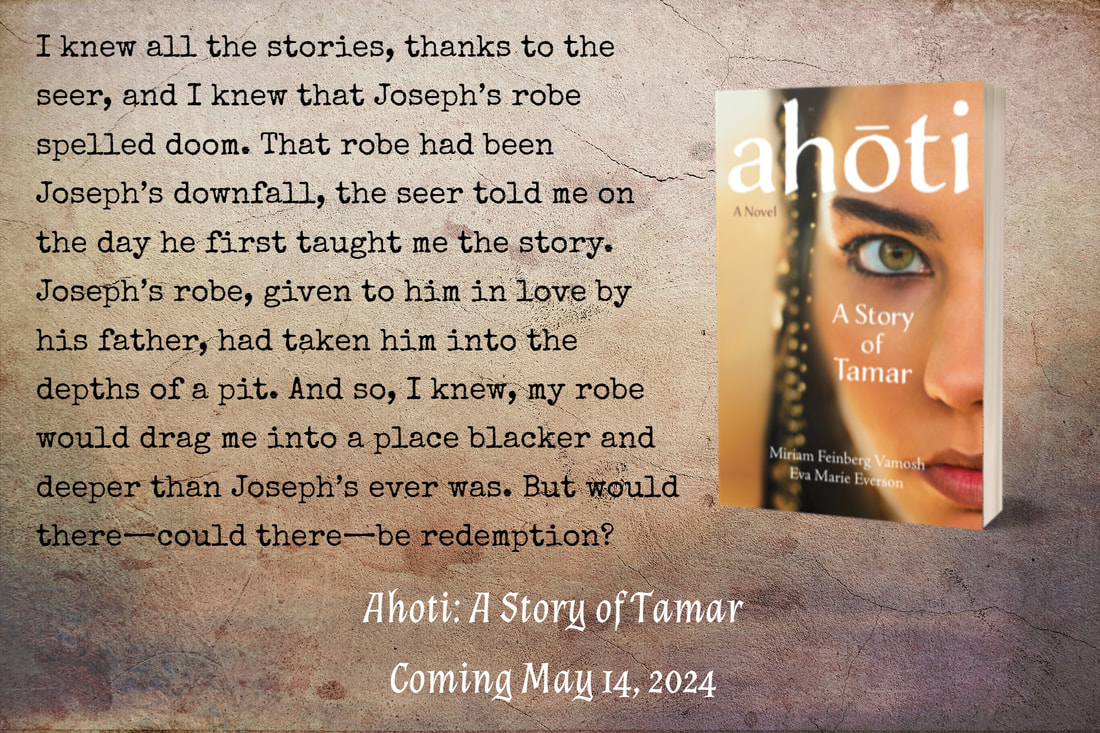

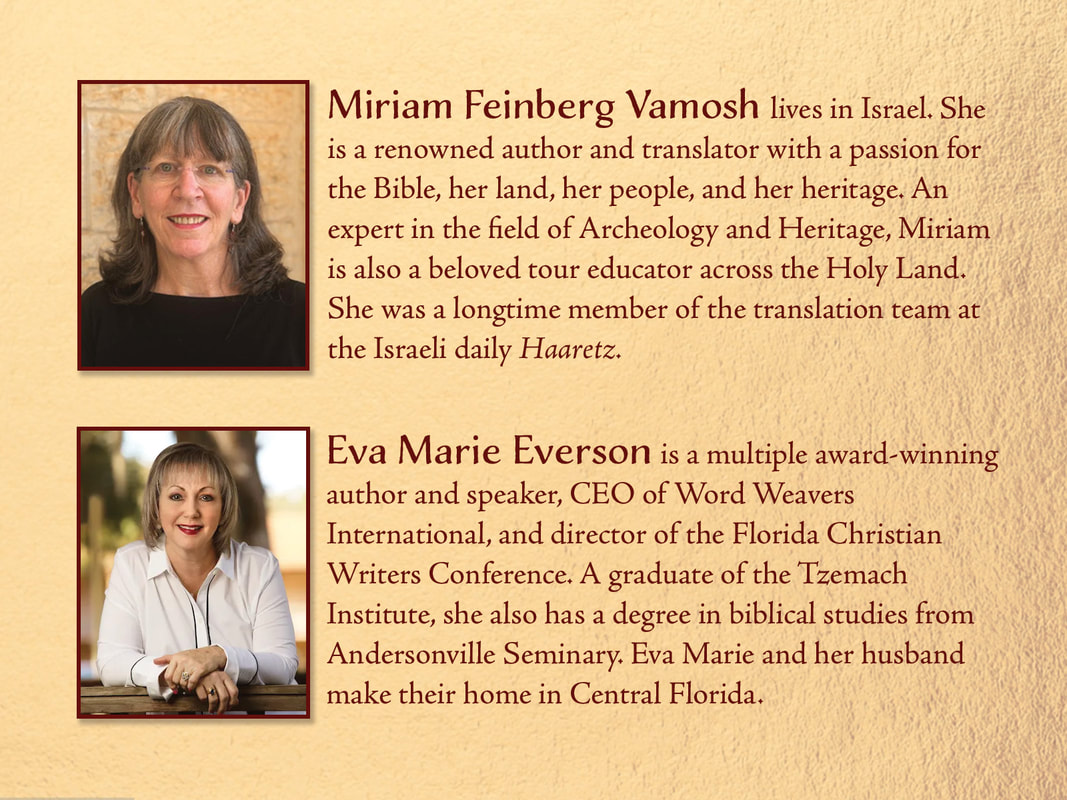
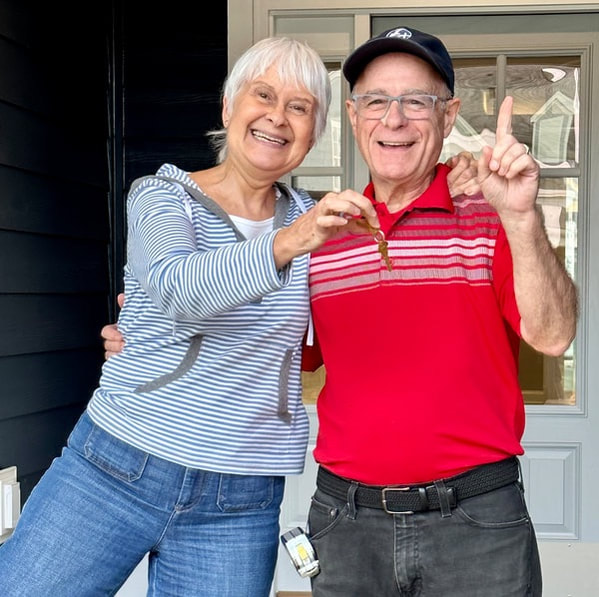

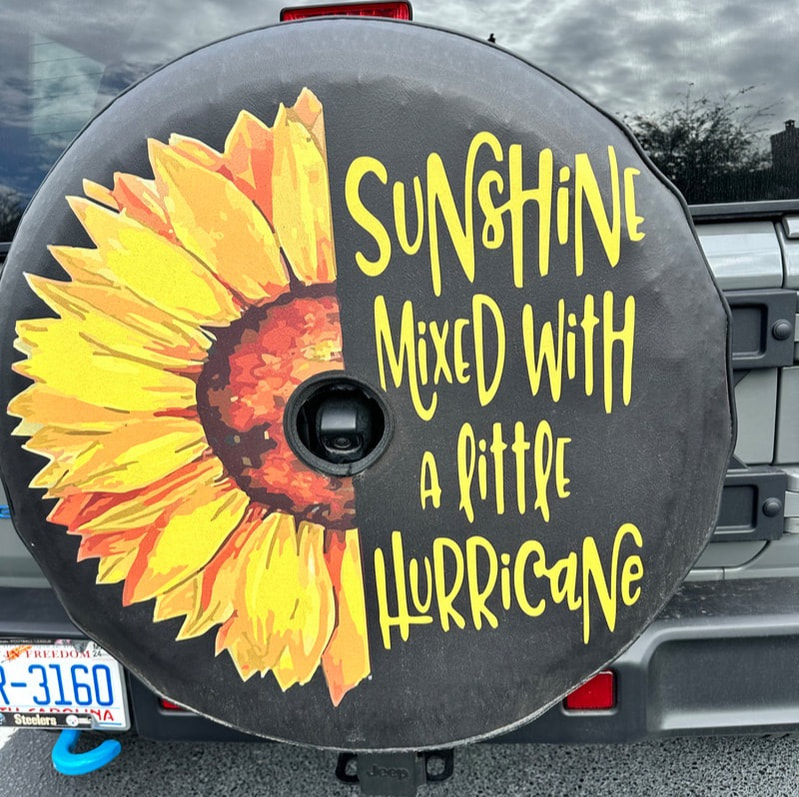
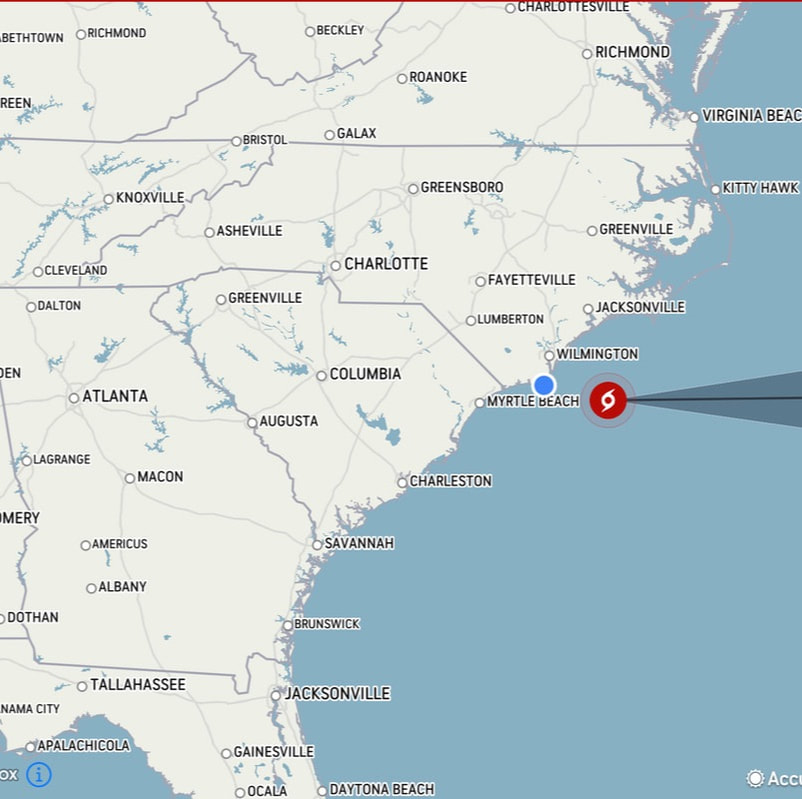

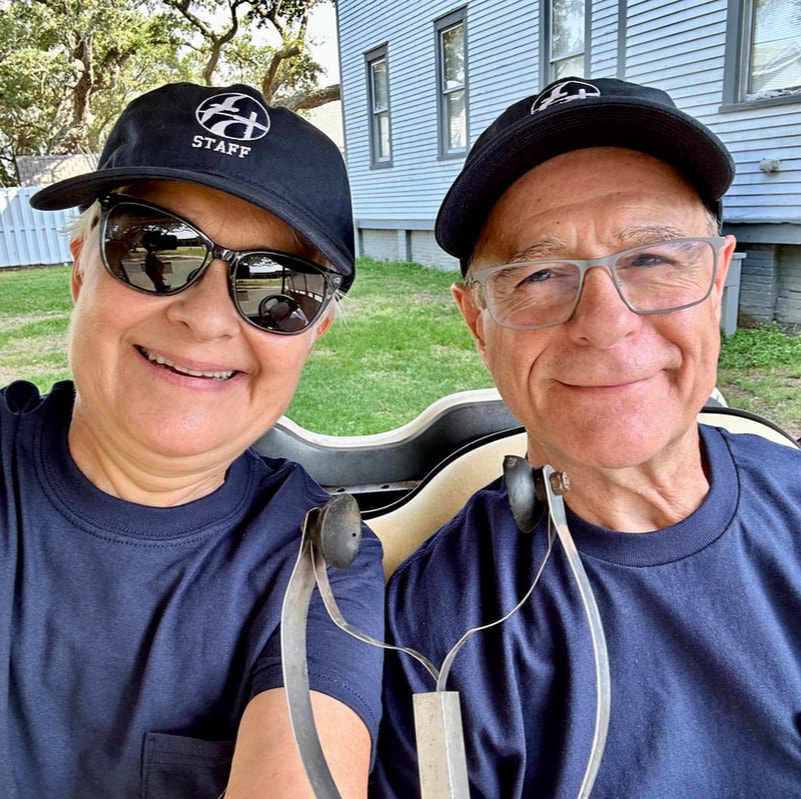
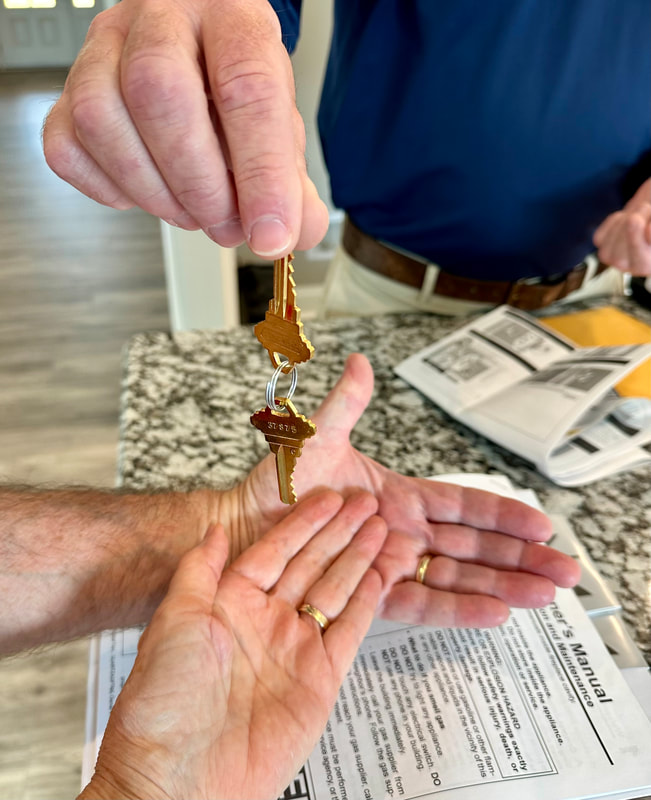
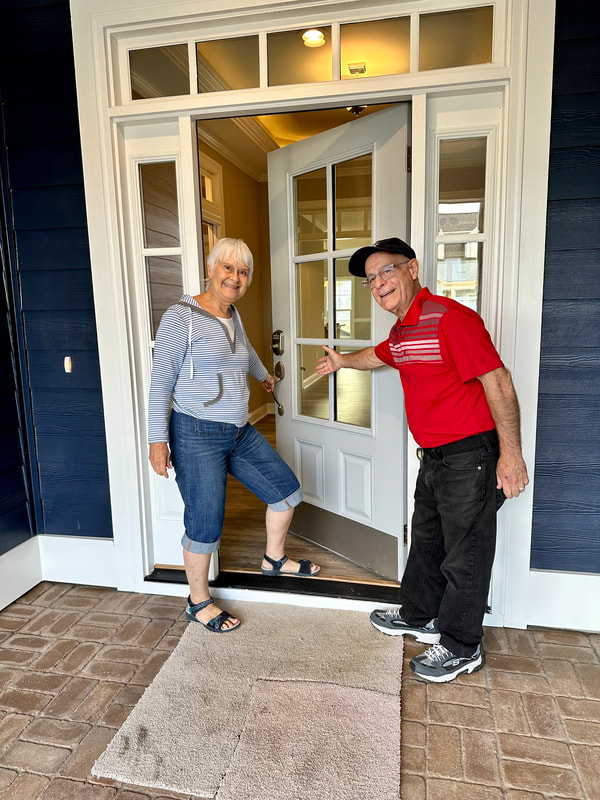
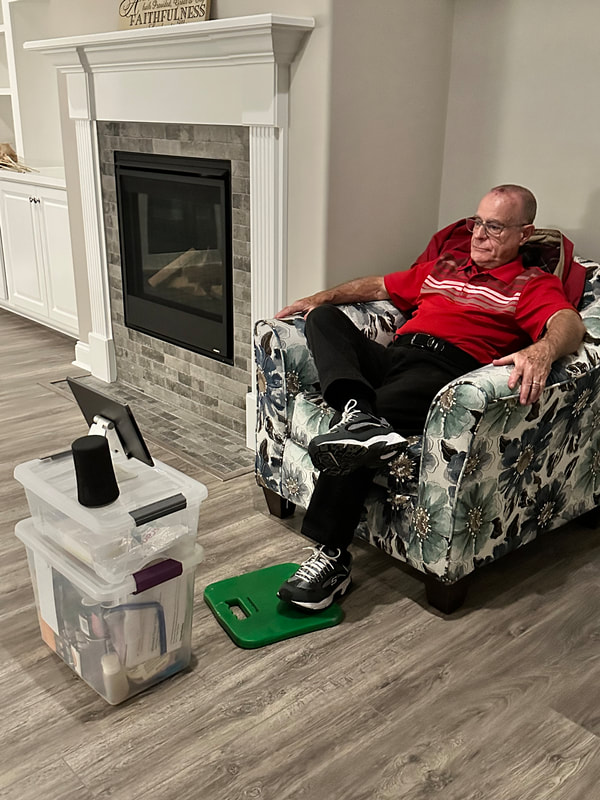



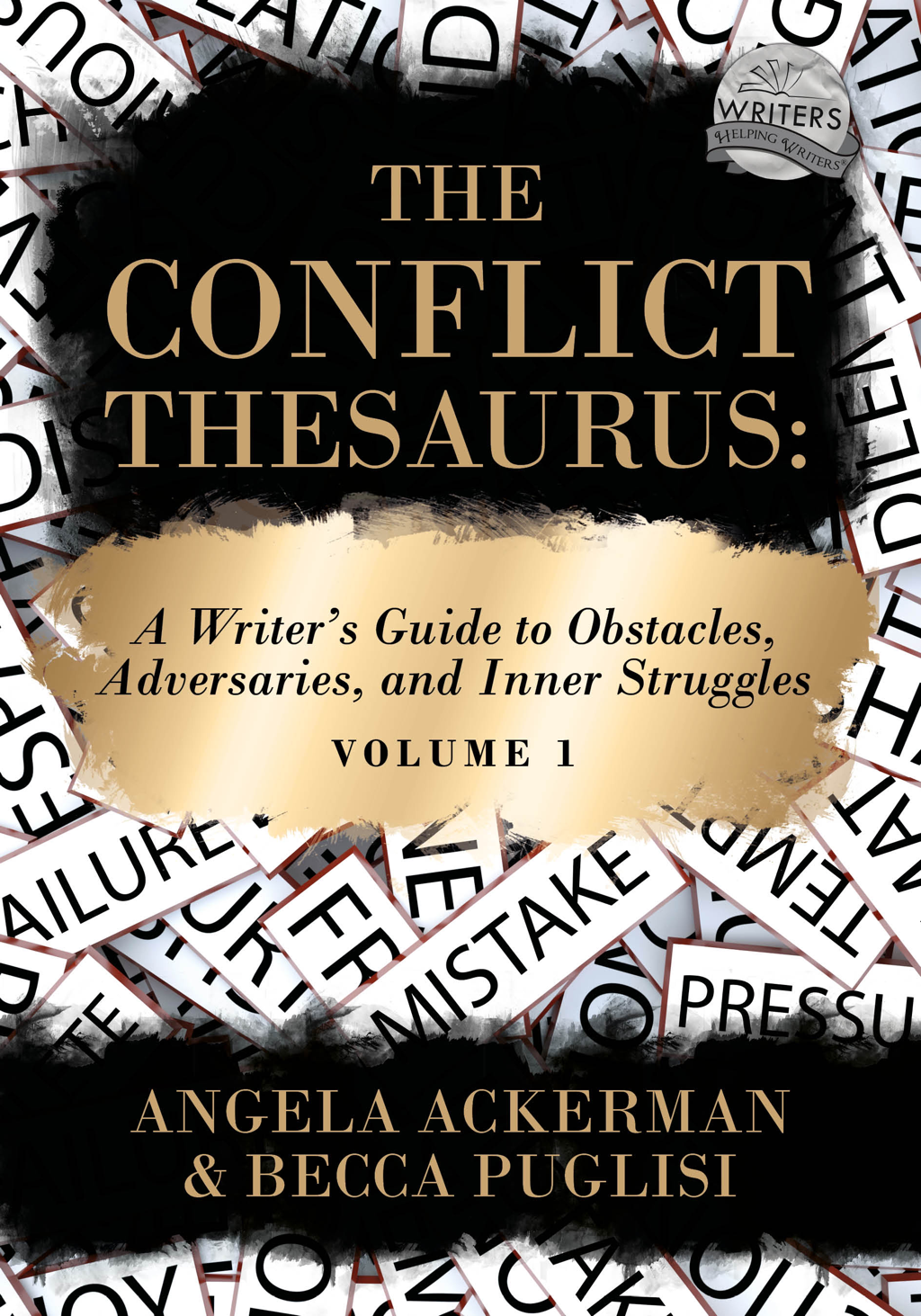
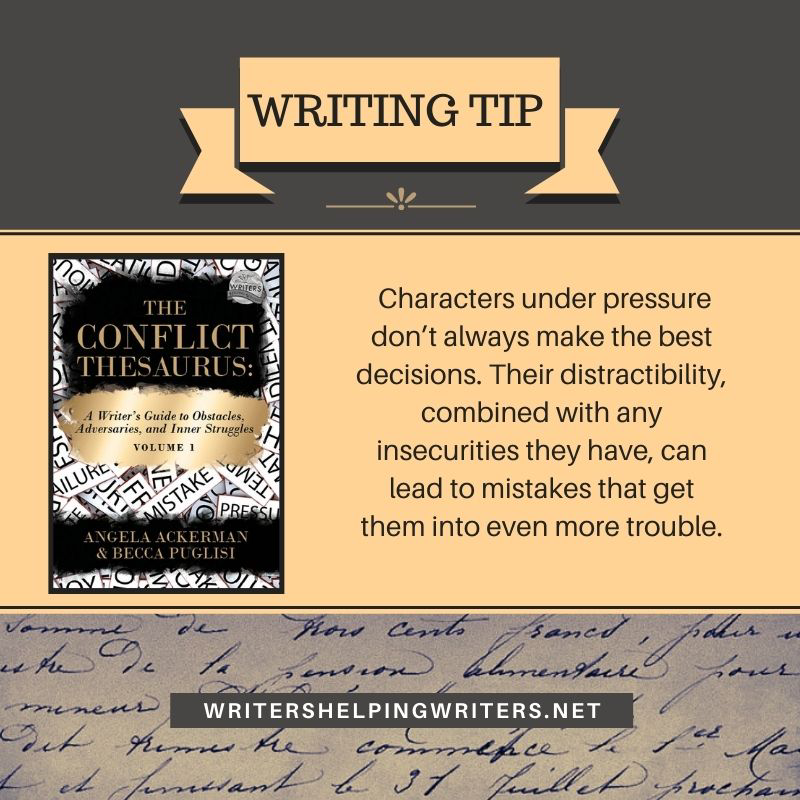
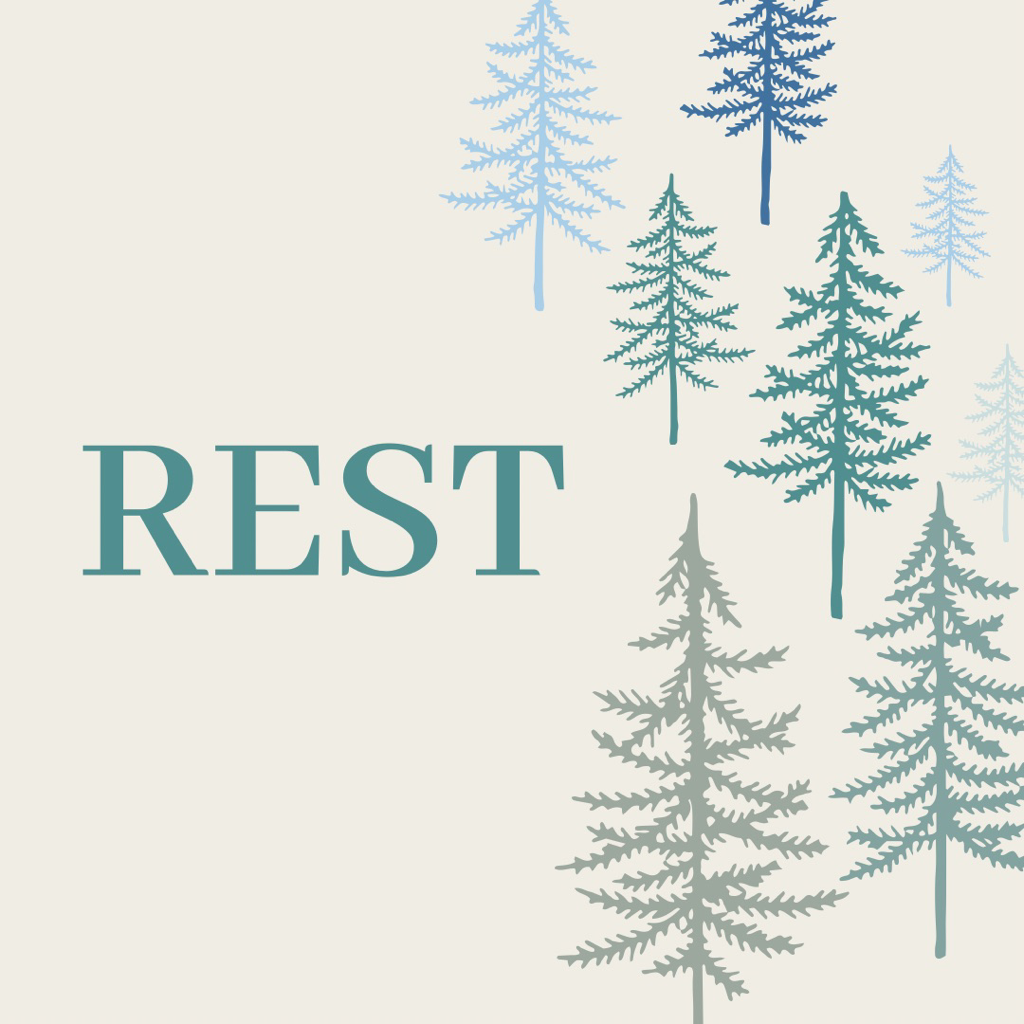
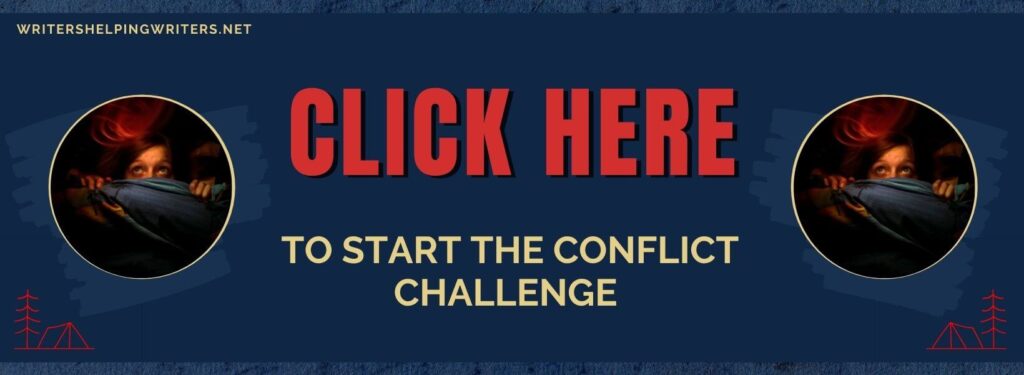
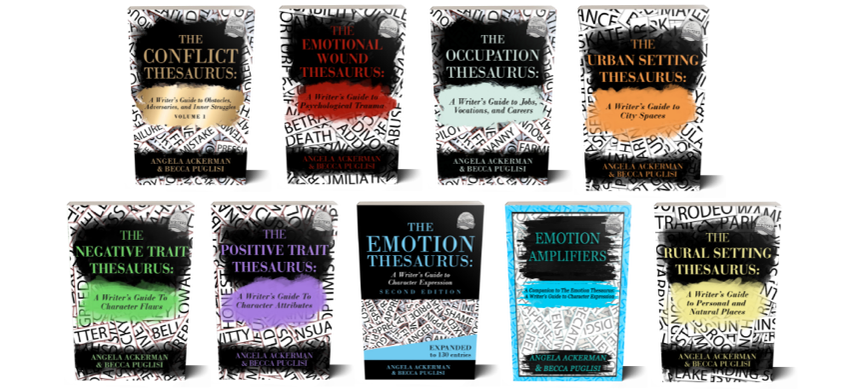
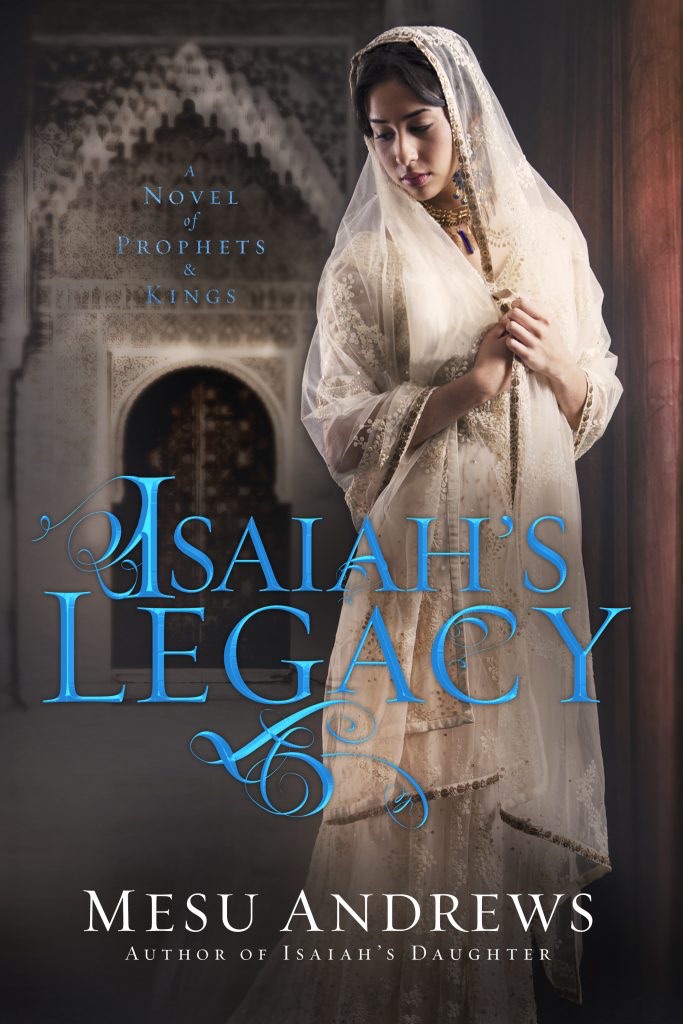
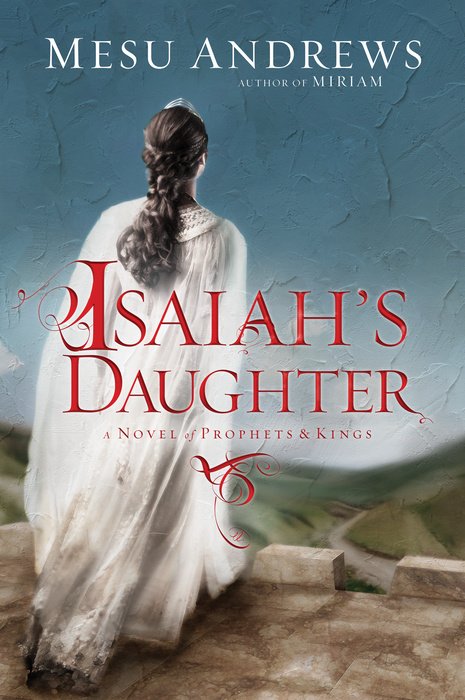
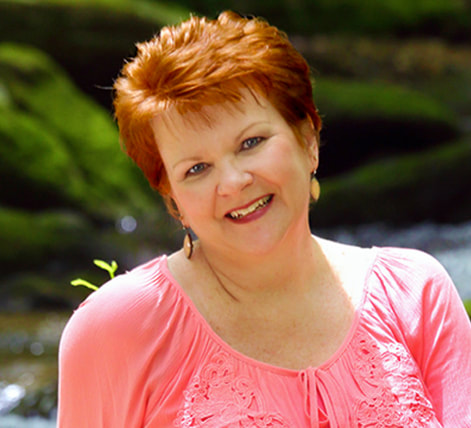
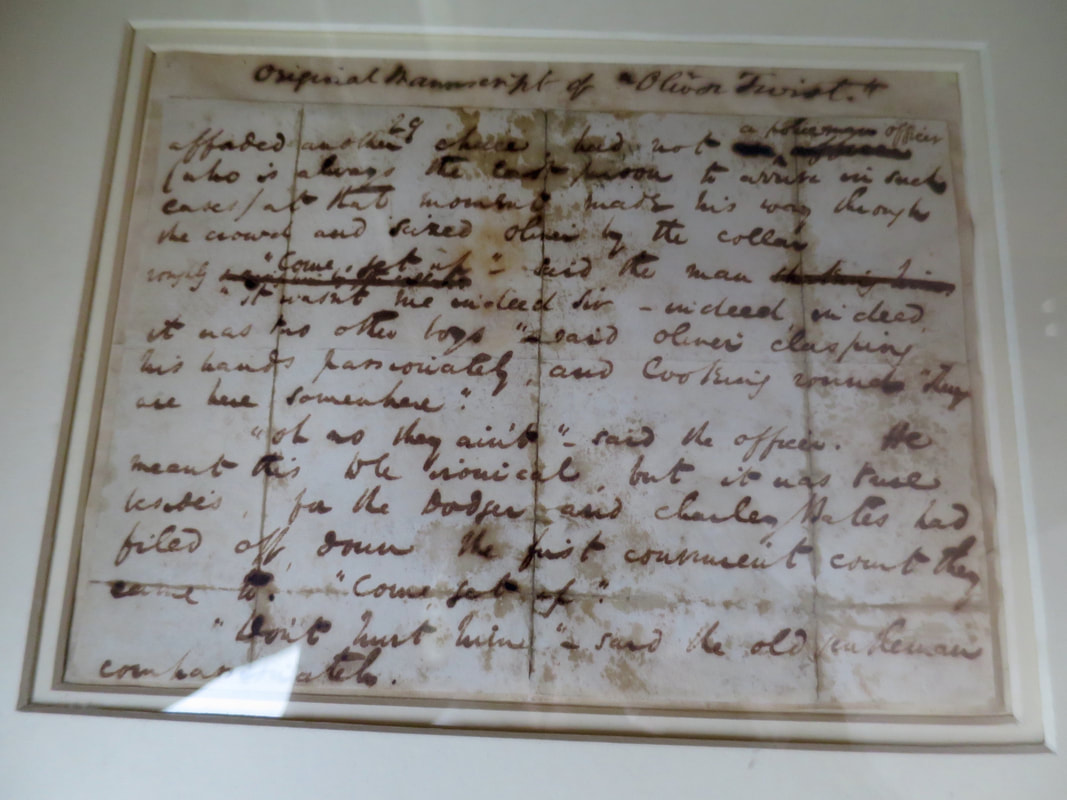
 RSS Feed
RSS Feed